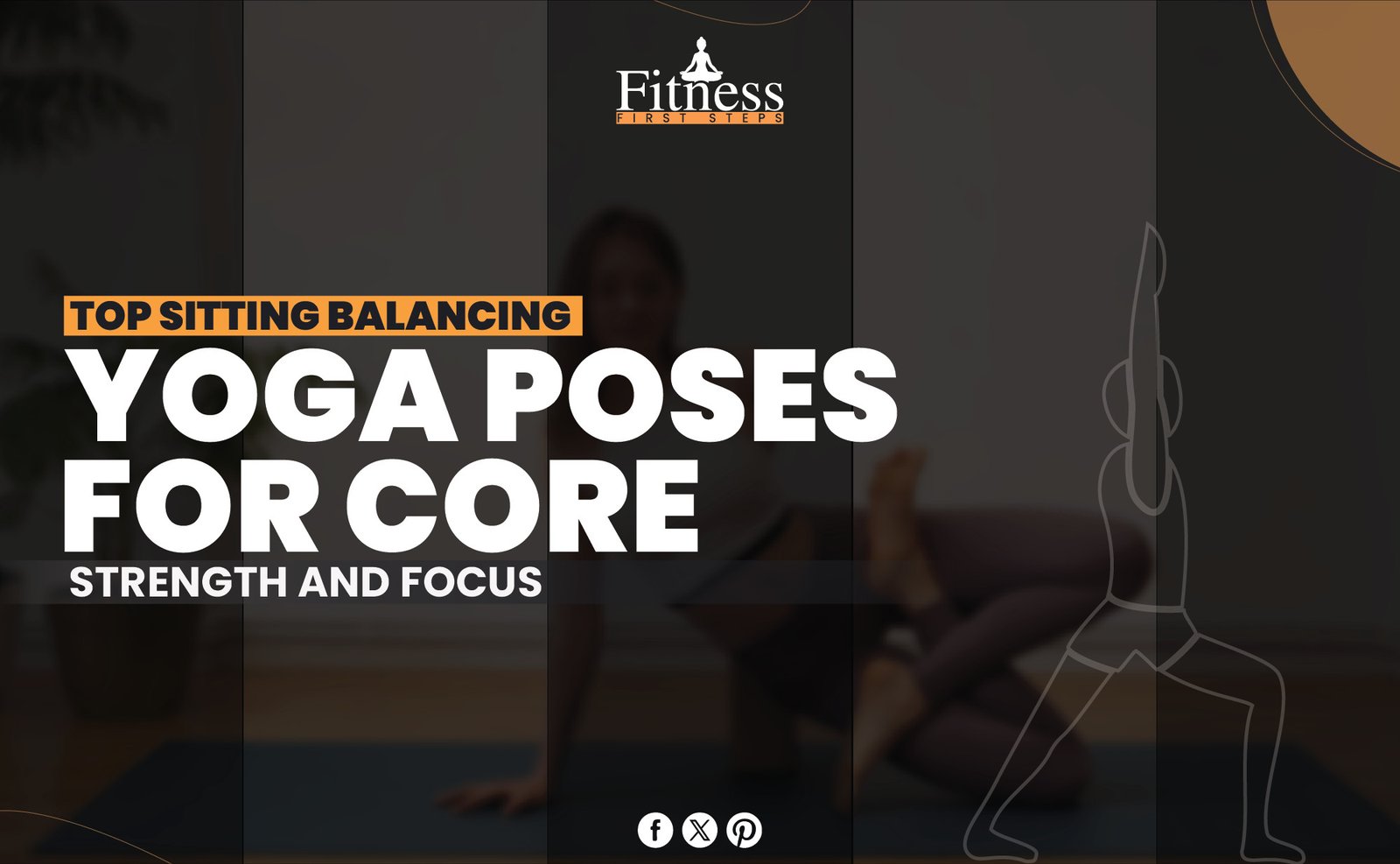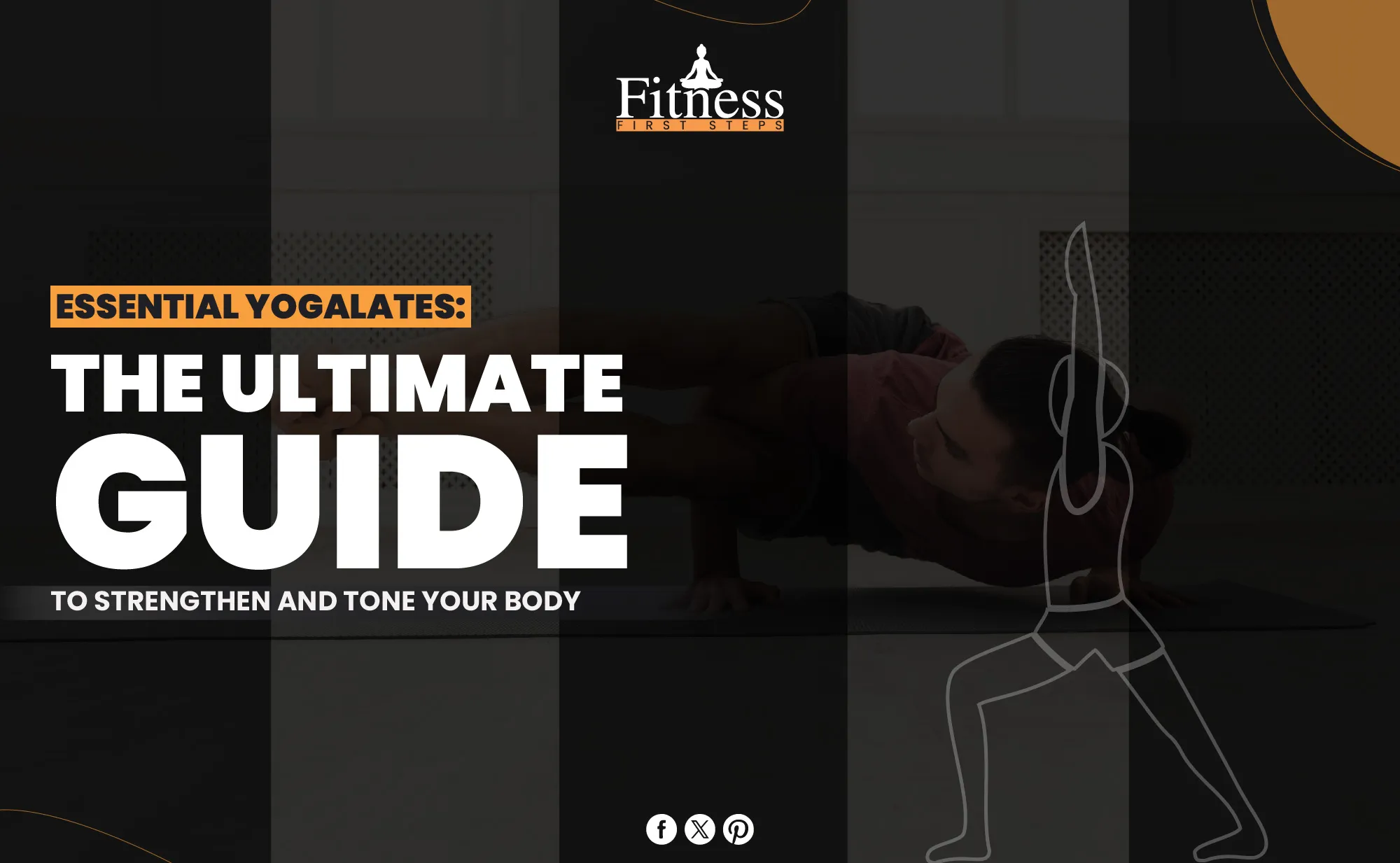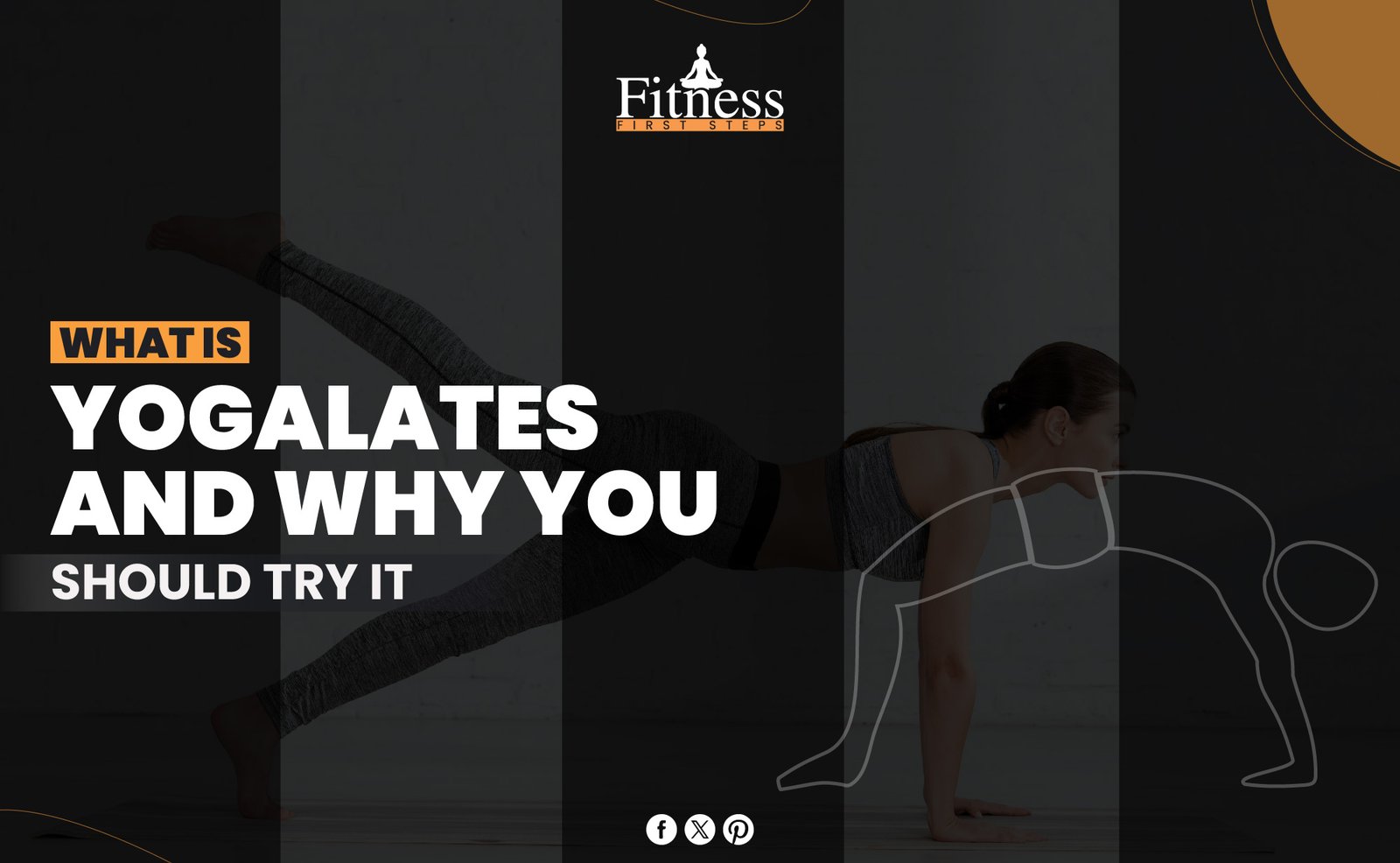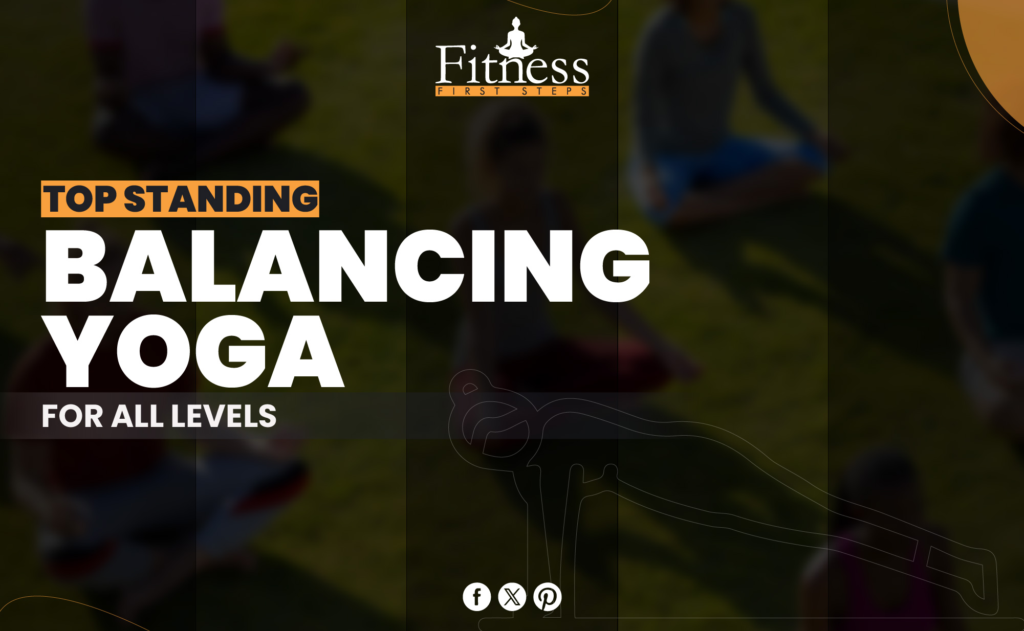Introduction to Cobra Pose
The basic backbend pose in yoga, called Cobra Pose or Bhujangasana, looks like the stance of a snake with its hood raised. This easy stretch is meant to make the back more robust, the chest open, and the body more flexible.
In yoga, doing Bhujangasana is very important because it prepares the body for greater backbends, makes the spine more flexible, and awakens the organs in the abdomen. It’s a stepping stone that lets practitioners safely find their boundaries and progress in their work.
Adding Cobra Pose to your routine can help with several issues, such as easing stiffness in the lower back, building upper body strength, and improving blood flow. Besides that, it can help with worry and tiredness by relaxing the muscles around the spine.
Understanding Cobra Pose
Origin and Meaning of Cobra Pose
Cobra Pose, also known as Bhujangasana in Sanskrit, is a combination of the words “bhujanga” and “asana,” which mean “cobra” or “posture,” respectively. In traditional writings, this old yoga pose is shown as a snake with its head raised, representing a cobra’s power, grace, and awareness. In yoga, Bhujangasana is a pose representing the body’s dormant energy waking up, like a snake rising with power and ready.
Critical Elements of the Pose
Bhujangasana is a back pose that makes the spine more robust and flexible. Grounding through the hips and the tops of the feet, using the muscles in the legs to support the lower back, and lifting with the back instead of the arms are the essential parts of this pose. To do Cobra Pose safely and effectively, you must be in the correct position, control your breath, and focus.
Preparatory Poses to Help Build the Foundation for Cobra Pose
Do a few poses that prepare the body to get the most out of Bhujangasana and lower your risk of damage. These exercises warm up the spine, open the chest, and make the muscles in the back stronger:
Balasana (Child’s Pose) – As you do this easy stretch, your back will lengthen and relax.
Marjariasana (Cat-Cow Pose) – An energetic flow that gets the spine warm and ready for more difficult backbends.
Urdhva Mukha Svanasana (Upward-Facing Dog Pose) – It’s more complex than Cobra Pose but works the body similarly and helps build power in the arms and back.
Preparing for Cobra Pose
You must prepare your body correctly to ensure you’re safe and get the most out of Cobra Pose. Pay attention to these things:
Warm-up exercises for the spine and shoulders
- Shoulder Circles: Keep your back straight when you stand or sit. Slowly move your shoulders in a circle forward, and then turn them around. This easy move can help ease stress in the shoulders and neck.
- Spinal Twist: Seated on the floor, stretch your legs. Bend your right knee and position your right foot outside your left knee. Rotate your body right, placing your left elbow outside your right knee. After a few breaths, turn sides. This practice improves spinal mobility and prepares for Cobra Pose’s twisting.
- Cat-Cow Stretch: Start on your hands and knees at a table. Cow Pose—arch your back, tilt your pelvis, and look up—inhale. Exhale and circle your spine, lowering your chin to your chest and drawing your belly button (Cat Pose). This warms up the spine and increases flexibility for Bhujangasana.
Considerations for beginners, including modifications and props
If you are new to Cobra Pose, it is essential to know your body’s boundaries and slowly work up to the pose to avoid strain or injury. Here are some things to think about and changes that can be made to make the exercise safer and more valuable:
- Use a Yoga Mat for Grip and Comfort: Lay down on a yoga mat to keep from slipping and to protect your body, especially your hips and ribs.
- Begin with Baby Cobra: If full Cobra Pose is too tricky, try Baby Cobra. Lay face down, lay your hands next to your chest, and gradually lift your chest off the ground using your back muscles and bent elbows.
- Engage Your Legs: Your lower back is supported by pressing your feet and thighs into the ground.
- Use Props for Support: Putting a folded blanket beneath your hips relieves lower back pain. Bhujangasana, with your hands on a block, can also prevent overextension.
- Listen to Your Body: Pay attention to body signals. If you feel pain, especially in the back or neck, gently exit the posture and try a modification.
These beginner-friendly recommendations help you improve your Bhujangasana and advance in yoga.
Breathing techniques to enhance the practice
Breathing is integral to practicing Bhujangasana because it improves the pose’s physical effects and helps the body and mind connect more deeply. If you want to do breathwork while in Cobra Pose, keep these things in mind:
- Inhale to Lift: Lay on your mat face down and put your hands under your shoulders to start. Take a big breath as you prepare to lift into Cobra Pose. To move up, use your breath to guide you. As you breathe in, let your chest rise.
- Exhale to Release: Once you’ve been in the pose for a few breaths, slowly and carefully let out your breath and lower your chest to the floor. This relaxes you and helps the muscles in your back release stress.
- Synchronize Movement with Breath: Getting your moves in sync with your breathing is what Bhujangasana is all about. This synchronization helps you focus and relax and makes the pose deeper by making energy flow through your body easier.
- Deep, Even Breaths: Breathe deeply and evenly while in the stance. This relaxes the mind and keeps the posture steady by feeding the muscles oxygen.
- Breath Retention for Advanced Practitioners: Advanced practitioners may hold their breath at the pose’s climax. Holding a breath for a few seconds with the chest up helps increase Bhujangasana’s stretch and stimulating effects.
You can make Bhujangasana a more meditative and healing experience by focusing on these breathing techniques during your exercise.
Step-by-Step Guide to Cobra Pose
To get good at Bhujangasana (Cobra Pose), you must consider your starting position, alignment, and skill. Knowing how to change the pose based on your level of flexibility can also make it safer and more effective. Here’s the right way to do Cobra Pose:
Starting Position and Alignment for Cobra Pose
Lie on Your Stomach: Start by lying on your back with your forehead on the ground and your legs straight out behind you. The tops of your feet should rest on the mat.
Place Your Hands: Please put your hands on the mat so their palms face down and right under your shoulders. Make sure your arms are close to your body and point up.
Prepare Your Legs: Put your feet and legs together and firmly press the tops of your feet into the ground. This movement is significant for strengthening your lower back.
Executing the Pose with Proper Technique
Initiate the Lift: Lift your head and chest off the ground slowly as you breathe in. To keep your neck long, lead with your chest instead of your chin.
Elbow Position: Your elbows should be slightly bent and close to your sides. This helps your back muscles work better and keeps them from working harder than needed.
Height and Extension: Lift until the height is right for your back. Instead of getting as tall as possible, focus on making your neck longer. Your hips and lower ribs must stay on the mat.
Gaze and Neck: It’s important not to strain the back of your neck when you look forward or slightly upward. The goal is a straight line from your tailbone to the top of your head.
Variations and Adjustments for Different Levels of Flexibility
Baby Cobra: Great for newbies or people whose backs don’t move much. Lift only your head and chest slightly from the starting position. Keep your arms deeply bent and your lower rib cage on the mat.
Cobra with Blocks: If you need extra help, you can raise your upper body without putting too much strain on your back by placing yoga blocks under your hands.
Extended Cobra: More experienced people can raise their arms even more, lifting their chest higher while keeping their front pelvis connected to the mat. Could you make sure your arms are not locked?
Modification for Tight Shoulders: If your shoulders feel tight, spread your hands wider than shoulder-width apart. This may make the angle of your arms more comfortable.
Adjusting Bhujangasana to your flexibility and technique can improve your practice. All levels can benefit from Cobra Pose’s energizing and renewing effects with each variant. Listen to your body and breathe mindfully throughout Baby Cobra or Extended Cobra.
Common Mistakes and How to Avoid Them
Bhujangasana, like any yoga pose, demands concentration to avoid common mistakes that could cause pain or damage. Practitioners can deepen safely and successfully by avoiding these traps.
Overarching the Lower Back
Stretch Evenly: Overarching the lower back happens when a tiny spine portion is overpressed. Avoid this by equally stretching the spine, lifting from the upper back, and letting it flow downhill.
Limit Height: Do not raise your chest too high. Lift as much as your back can handle, and ensure you can keep a smooth, even stretch.
Straining the Neck and Shoulders
Relax and Align: Sometimes, people drag their shoulders to their ears, causing strain. Keep shoulders down to lengthen the neck. Instead of leaning your head back, look forward or slightly up to avoid neck compression.
Use Your Hands: Remember that your arms and hands are there to help you. To ease stress in the shoulders and neck, gently press into your hands.
Not Engaging the Core Muscles Effectively
Activate the Abdomen: You must engage your core to keep your lower back safe and your balance in the pose. To work your abdominal muscles, pull them in slightly toward your back before you lift.
Breath Control: Breathe in and out to help your core muscles work. As you breathe in, your body gets ready for the pose. As you breathe out, tighten your core a little to give yourself more support and keep it active.
People who do Bhujangasana can get the most out of it while lowering their risk of strain or injury by avoiding these common mistakes and making recommended changes. Remember that the point of yoga is not to push your body too far; it’s to make you more aware of it and bring it into balance.
Benefits of Cobra Pose
Bhujangasana, or Cobra Pose, has physical, mental, and therapeutic benefits. These benefits inspire yoga practitioners to incorporate this pose more mindfully.
Physical Benefits of Cobra Pose
- Improved Spine Flexibility: Gentle shoulder, chest, and abdominal stretching and spine flexibility are achieved in Cobra Pose. This can make daily tasks easier.
- Strengthening of the Back Muscles: Regular asana practice improves spine-related muscles and posture and relieves back pain from sitting or standing.
- Enhanced Respiratory Function: Cobra Pose deepens respiration by opening the chest. Lung capacity increases oxygen intake, improving health and energy.
- Stimulation of Abdominal Organs: This position stimulates organs by gently pressing the abdomen, which may improve digestion and reduce minor digestive discomforts.
Mental and Emotional Benefits Cobra Pose
- Stress Relief: Cobra Pose helps relieve stress and calm the body by expanding the chest and lowering shoulder and back strain.
- Increased Energy: This pose stimulates abdominal organs, enhancing blood and oxygen flow, energy, and well-being.
- Enhanced Concentration and Focus: Mindful Cobra Pose can improve focus, including breath control and body alignment. This increased attention can help with yoga and daily life.
- Elevation of Mood: This asana releases mood-lifting endorphins. Euphoria and an optimistic outlook might assist in fighting despair and anxiety.
Therapeutic Applications of Cobra Pose
- Alleviating Back Pain: Cobra Pose can help people with mild to moderate back pain by strengthening the muscles in the back and easing stress in the area.
- Sciatica: By relaxing and strengthening the spine and sciatic nerve, Cobra Pose can help some people with sciatic pain, but it’s not a cure-all.
- Improving Posture: Regular Bhujangasana practice enhances posture. It corrects slouched shoulders and develops a confident posture by strengthening the spine and back muscles and improving flexibility.
- Aiding Digestion: Constipation and bloating are relieved by Cobra Pose’s abdominal pressure, which activates digestive organs. A moderate belly massage can improve digestion.
Bhujangasana provides physical strength, mental resilience, and therapeutic relief beyond the mat.
Contraindications and Precautions for Cobra Pose
Bhujangasana has several benefits, but knowing its dangers and contraindications is essential. Knowing these can help ensure the practice is beneficial.
Conditions to be Mindful Of Before Practicing Bhujangasana
- Pregnancy: Pregnant women should avoid this pose or talk to their doctor about how to make it better because it puts pressure on the stomach.
- Hernia: People with a hernia should be careful or stay away from Cobra Pose because it puts more pressure on the abdomen.
- Severe Back Injuries: If someone has severe back problems, like a bulging lumbar disc or sciatica, they should talk to a doctor before trying Bhujangasana.
When to Avoid or Modify Cobra Pose
- Recent Surgeries: If you’ve recently had surgery on your stomach, back, or chest, you should stay out of Cobra Pose until you’re fully healed.
- Wrist Pain: If you’re having wrist pain, changing the pose by coming onto your elbows can help ease the stress.
- Severe Carpal Tunnel Syndrome: Because this pose puts a lot of weight on the wrists, people who have severe carpal tunnel syndrome may need to avoid it.
Alternative Poses for Individuals with Limitations or Injuries
- Sphinx Pose: The Sphinx Pose is a kinder option that can help with the same things without making too much of a lower back curve. It may also be easier on the arms.
- Uttanasana (Standing Forward Fold): This pose can give your spine a different stretch without making you bend your back, which is suitable for people with problems with their lower back.
- Supported Bridge Pose: A yoga block under the sacrum in Supported Bridge Pose can gently stretch the spine and relieve pressure without as much intensity as Bhujangasana.
Respecting these contraindications and precautions allows practitioners to customize their yoga practice for safety and well-being.
Incorporating Cobra Pose into Your Yoga Practice
Sequencing Suggestions for Integrating Cobra Pose into a Yoga Flow
Warm-Up Poses: Start with mild warm-ups before doing Bhujangasana. Cat-Cow (Marjaryasana-Bitilasana), Child’s Pose (Balasana), and moderate spinal twists release the spine, shoulders, and back. To safely enter Cobra Pose, warm up with these poses.
Integrating Bhujangasana: After warming up, slowly enter Bhujangasana. Face down on the mat, place your hands beneath your shoulders and elbows close to your torso. Pressing onto your palms, gradually elevate your chest off the floor with relaxed shoulders and bent elbows. Hold the pose for a few breaths, stretching your spine and opening your chest. Begin with a low lift and increase height as flexibility improves.
Follow-Up Poses: Post-Bhujangasana poses should neutralize the spine and support the backbend. Choose a Child’s Pose (Balasana), Downward-Facing Dog (Adho Mukha Svanasana), or Camel Pose (Ustrasana). Child’s Pose is an excellent counterpose for Cobra Pose because it stretches the back and relaxes the body.
Frequency and Duration of Practice Recommendations
Recommended Practice Frequency: Bhujangasana should be practiced 3-4 times weekly for best benefit. Regular practice builds strength and flexibility by adapting to the posture.
Duration in the Pose: Bhujangasana should be held for 15-30 seconds first, then 1 minute or more as they get used to it. Listen to your body and prevent overtraining to keep the practice safe.
Listen to Your Body: The technique requires awareness of your body’s cues. If you feel pain, especially in the back or wrists, gently exit the posture and consult a yoga instructor for alignment or corrections. Yoga is about harmony and balance, not maxing out.
Tips for Progressing in Your Cobra Pose Practice Over Time
Practice Mindful Breathing: Practice Bhujangasana with careful breathing to boost its effects. Take deep, controlled breaths as you gently ascend into the pose to connect your movements and breath. This maximizes the stretch, relaxes, and connects mind and body.
Gradually Increase Intensity: As you get used to Bhujangasana, challenge yourself by increasing its intensity. Lift higher, hold the posture longer, or elevate your hands off the mat to engage your back muscles. For sustained strength and flexibility, growth should be moderate to avoid injuries.
Incorporate Props for Support and Alignment: Beginners can benefit from yoga blocks or folded blankets for Bhujangasana. A yoga block beneath the palms and a folded blanket under the hips can help maintain alignment and comfort. You can use these props to adjust the position to your flexibility and comfort for a safe and successful practice.
Conclusion
Bhujangasana, or Cobra Pose, is a fundamental yoga pose with many benefits. It strengthens the spine, increases back muscular flexibility, and reduces tension and tiredness. This pose is an excellent introduction to backbends for novices and opens the heart chakra, improving physical, emotional, and spiritual health.
Keep in mind your body’s strengths and weaknesses when you practice Bhujangasana. Yoga is personal, not competitive. Relax and gradually explore deeper poses without straining or hurting yourself. Listening to your body and making modifications makes practice safer and more enjoyable.
Yoga can improve well-being, as Bhujangasana and other poses demonstrate. Regular practice of such postures can improve physical health, mental clarity, and emotional resilience. Cobra Pose helps us connect our body, mind, and soul through yoga. Yoga offers beginners and advanced practitioners unlimited opportunities for growth, exploration, and self-healing.
